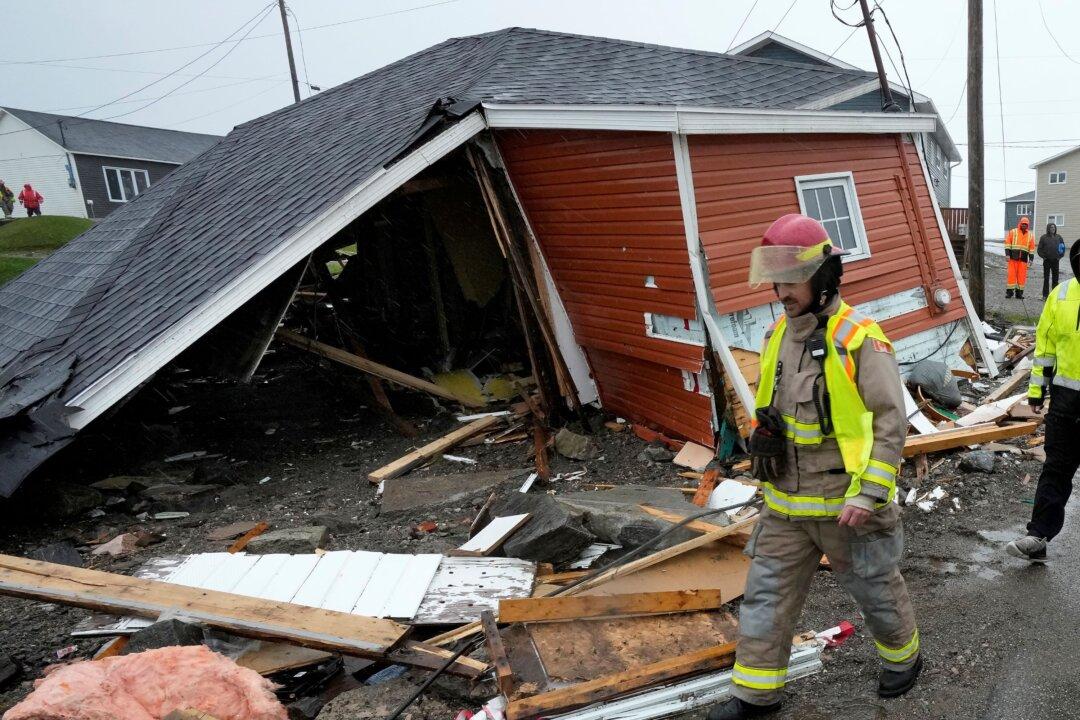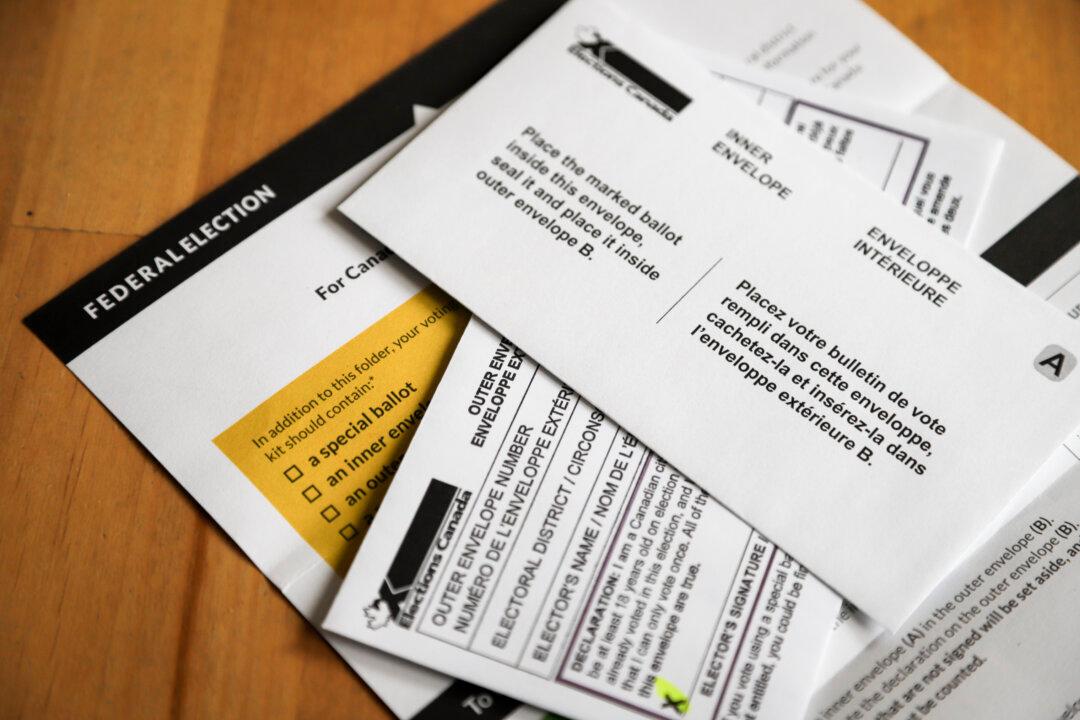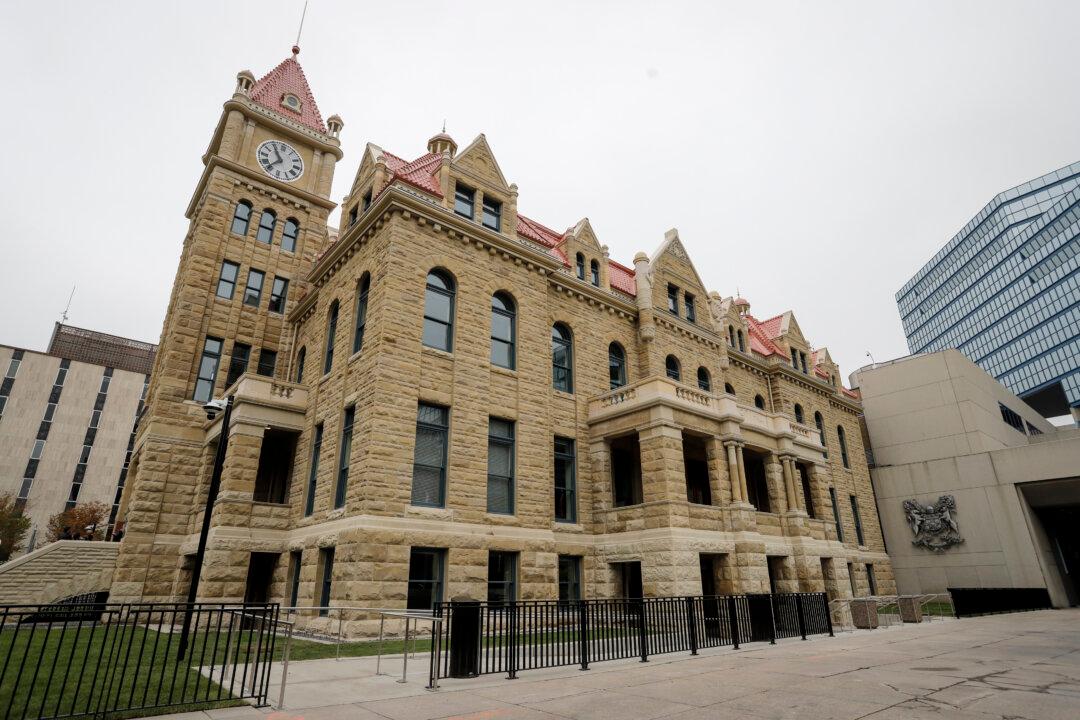The mood was sombre in Channel-Port aux Basques on Sept. 27.
In the wake of the devastation wrought by post-tropical storm Fiona, torn bits of walls and the roofs of houses blown into the waters of Cabot Strait still lined the shore of this small southwestern Newfoundland and Labrador community.





